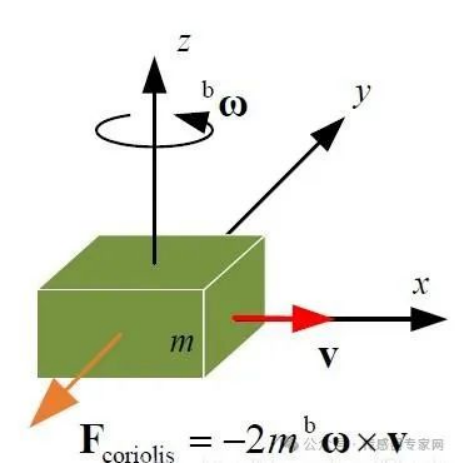When you play mobile games, simply tilt your phone to control the direction; When you use map navigation, your phone can always accurately indicate the direction you are facing. These magical functions all stem from an inconspicuous small device - a nine axis sensor.
The nine axis sensor is like the "sixth sense" of a device, consisting of three key components: accelerometer, gyroscope, and magnetometer. Each component can perceive motion in three directions, and 3 × 3 is exactly the nine axis. The accelerometer is responsible for sensing linear motion up and down, left and right, and forward and backward, the gyroscope detects the rotation angle of the device, and the magnetometer determines direction like a compass.

The working principle of this microdevice is very ingenious. Taking an accelerometer as an example, it has a tiny mass block inside. When the device moves, the mass block will produce displacement, and the acceleration can be calculated by measuring this displacement. The gyroscope uses the principle of Coriolis force to determine the rotation angle by measuring the offset of the vibrating structure. Magnetometers determine direction by sensing changes in the Earth's magnetic field, much like a compass.
Nine axis sensors are ubiquitous in our daily lives. Smartphones rely on it to achieve automatic screen rotation and step counting functions; Drones use it to maintain stable flight; VR glasses track head movements through it; Even some high-end mice use it to achieve more precise positioning. In the industrial field, nine axis sensors are used in precision control scenarios such as robot navigation and platform stability.
With the development of technology, nine axis sensors are becoming smaller and more intelligent. The latest sensors can already be integrated into chips that are less than 5 millimeters square, with significantly reduced power consumption. In the future, this technology may play a greater role in fields such as healthcare, smart homes, and autonomous driving, enabling more devices to have the ability of "spatial perception".
The story of the nine axis sensor tells us that the charm of technological innovation often lies in those invisible places. It is these small technological breakthroughs that make our digital lives smarter and more convenient.
Source: Sensor Expert Network. If there is any infringement, please contact us for deletion.



